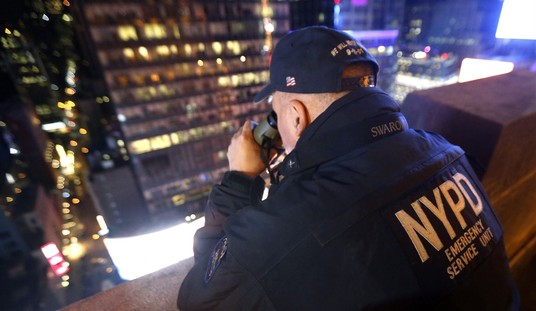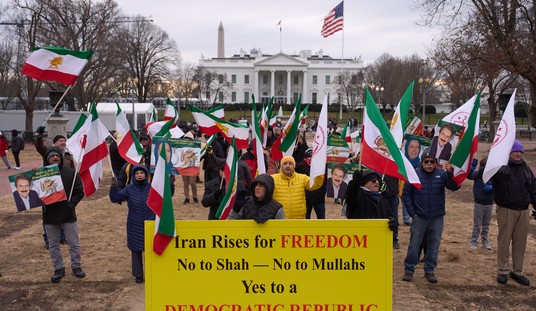In my previous article, “6 Reasons Why People Avoid Anime,” I explored various elements that drove people away from the medium of anime. Today, I would like to take the time to examine the opposite. Why do people love anime? What hooks people in and doesn’t let them go? Anime garners so much adulation and passion from its viewers, often to the point of madness. In this article, I will identify and dissect the five aspects of anime that I feel attract and sustain its fanbase.
Not only will I examine the artistic and creative merits of anime, I will delve into what makes it a powerful industry. Part of what makes anime great is that many of its inherit traits satisfy both the entertainment desires of the audience, and the business interests of the producers and media companies.
5. The Animation Catches Your Attention
This one is fairly simple, and is the most noticeable. Japanese animators have used “limited animation” for years, and many of the practices have given anime its iconic look. Limited animation uses less motion and fewer individual frames, in order to save time and money. However, the lack of more fluid motion in limited animation allows for intriguing and engaging stylistic choices. Silhouettes, abstract animation, and atmospheric still shots can all be considered “limited animation,” but they each serve a purpose in setting tone and atmosphere.
Japanese animators make up for the lack of smooth motion by placing an emphasis on high-quality drawings and ambient settings. They use the choppy nature of the animation to their advantage, and use it to create frantic, high-paced, abstract action. This results in fight scenes where superhuman characters “move faster than the human eye can follow,” or comedic scenes where characters change poses impossibly fast. For example, the series Fooly Cooly does this with delightful abandon, often to the point where characters just glide around. The budget and time constraints that Japanese animators have faced for years have created a distinct visual style unique to anime. It’s a style that draws many people in and resonates with them.
4. New Stories from a Different Culture
As I pointed out in my last article, the Japanese see things quite a bit differently than we do in the west. Although this sometimes results in things we see as bizarre, on the whole it is a positive. Unique cultural views provide different perspectives on all kinds of issues. In regards to media and animation, it allows fresh takes on old tropes and myths, and completely new tales written from entirely different viewpoints. These types of plots are new and exciting. They use completely new storytelling techniques, and require the viewers to think in more challenging ways.
https://www.youtube.com/watch?v=7asS4G6sXGU
Anime explores brand new styles of writing, introduced to an audience that has grown up seeing stories told in just one way. Suddenly something happens in anime that shatters viewers’ expectations.
Japanese writers aren’t afraid to write about things that we see as controversial or confusing in the west. Consider the anime classic Neon Genesis Evangelion, for instance. It’s a giant robot anime littered with Gnostic and Kabbalistic themes and concepts. It challenges the viewer’s mind, and it dealt with concepts we weren’t used to seeing presented in that way in the west. Even as the viewer grows to understand and expect the variations in Japanese storytelling, he still appreciates having another option to standard western writing. This choice is good for consumers, because it means that things get stale slower. There is always an option to freshen things up.
3. Imaginative Visual Design and Memorable Characters
Many anime characters just look cool. The creativity that is used to imbue a character with personality and style through just a visual look is impressive. It’s a unique aesthetic that translates into any language. From the cutest little monsters to the most rugged and battle-ready giant robots, there is something in Japanese visual design that strikes a chord in the imaginations of people. These designs allow people to continue the story in their head, due to the fact that they are easily recognizable and memorable. Viewers can imagine a Pikachu running around and being adorable, or imagine a Gundam engaged in a heated, explosive battle. It awakens the creativity of the audience.
Just like western superheroes and cartoons have their own visual memes, Japanese characters and heroes have their own trends. Many laugh at the spiky- of anime protagonists, but that trait gives anime a personality. It’s something that can be recognized at a glance. It’s passive branding, and makes the product stand out. Bottom line: It sticks with people.
2. There’s Something for Everyone
In Japan, animation isn’t always considered a medium for children. This means that anime can tell a wide selection of stories with different tones and audiences in mind, allowing for a greater selection of genres, and more shows overall. This provides anime fans with a constant stream of content in the genres and demographics that they like. Everyone stays happy, although this leads to some repetitive content.
http://vimeo.com/93223193
There is something powerful about having a cornucopia of content able to satisfy a large quantity of people. Anime does this without having to resort to “lowest common denominator” entertainment often. It still happens, but the people who watch that are people who want it. Fans who want something else always have other options, ranging from the family-friendly Hamtaro to the gruesome and horrific Berserk.
[NSFW due to Violence]
https://www.youtube.com/watch?v=RoXognXhqXA
1. The Characters Can Express a Wide Range of Emotions
Anime rests in a “sweet spot” of animation. The characters are detailed enough to express subtle, nuanced emotion, and yet are still unrealistic enough to twist, contort, and otherwise go off-model without looking horrific. This allows a great amount of flexibility in both comedy and drama. Comedic characters can change their shape and facial style at any time, but they still keep a fraction of their original, detailed look in order to keep the audience’s focus. In dramatic scenes, characters can use intricate, vague body language, but since there is that buffer of unrealism, those movements and visual cues can be exaggerated in order to make them stand out, without being overpowering.
https://www.youtube.com/watch?v=fNy9ZLbtD9Q
This “emotional shorthand,” as I like to call it, is crucial to dramatic scenes in anime. Good body language can carry a scene despite the quality of the translation or the voice acting. Sword Art Online* is poorly written, but despite that, the physical emotion the characters show can still make you care just a little bit. It uses the strengths of cartoons perfectly, and can clutch at the heartstrings of any viewer even slightly invested in the story. Anime never releases this grasp on its viewer, and it leads to an addiction of sorts. The comedy hits harder, and the tragedy can rock you to the core. Having this wide arsenal means that anime has a tool for every situation, and it can adapt and conform to an ever-changing media environment. Anime can evolve with the times, and still retain a personality.
****
[*Yes, that is the real price. For 6 episodes. Some anime is inexplicably expensive on DVD in America, mostly because people buy it at that price.] Image illustrations via here, here, here, here, here














Join the conversation as a VIP Member